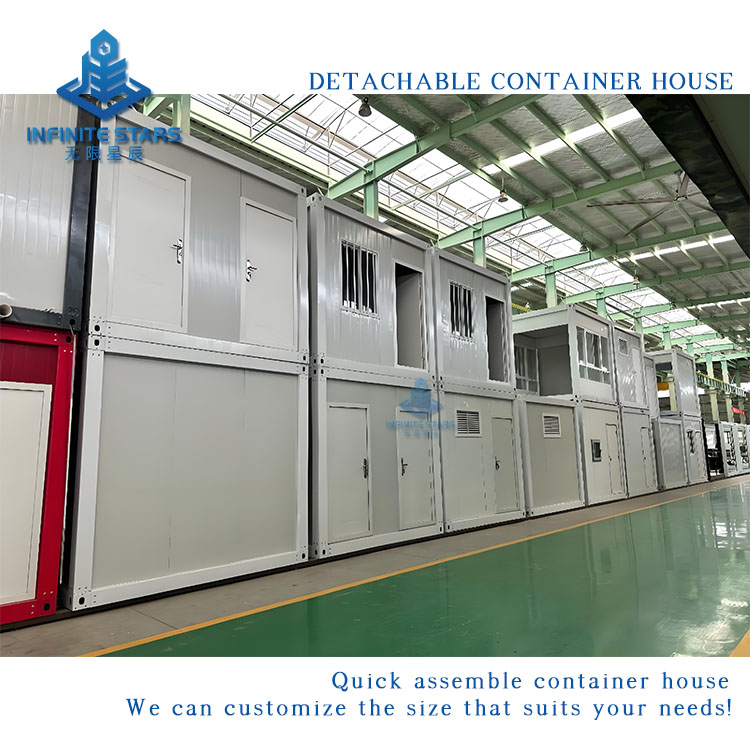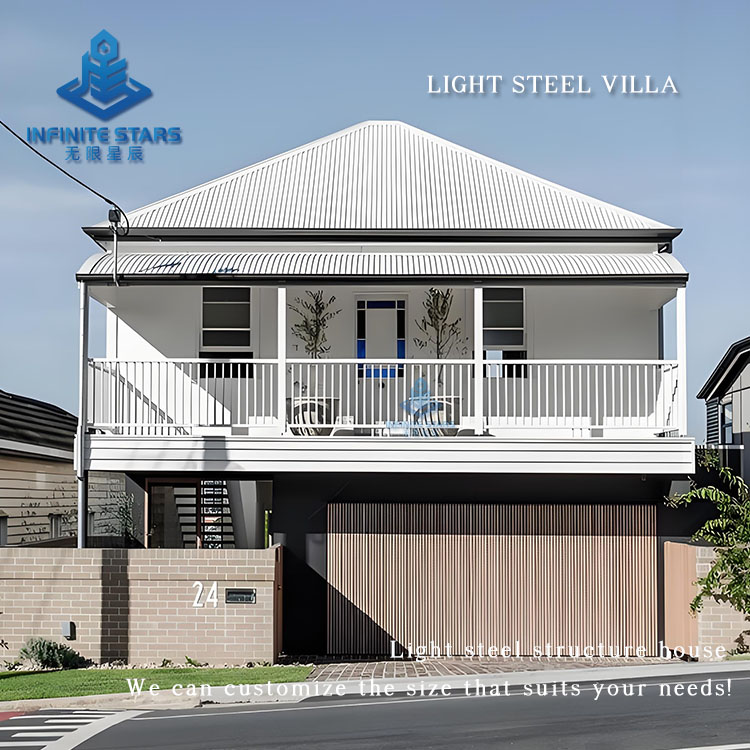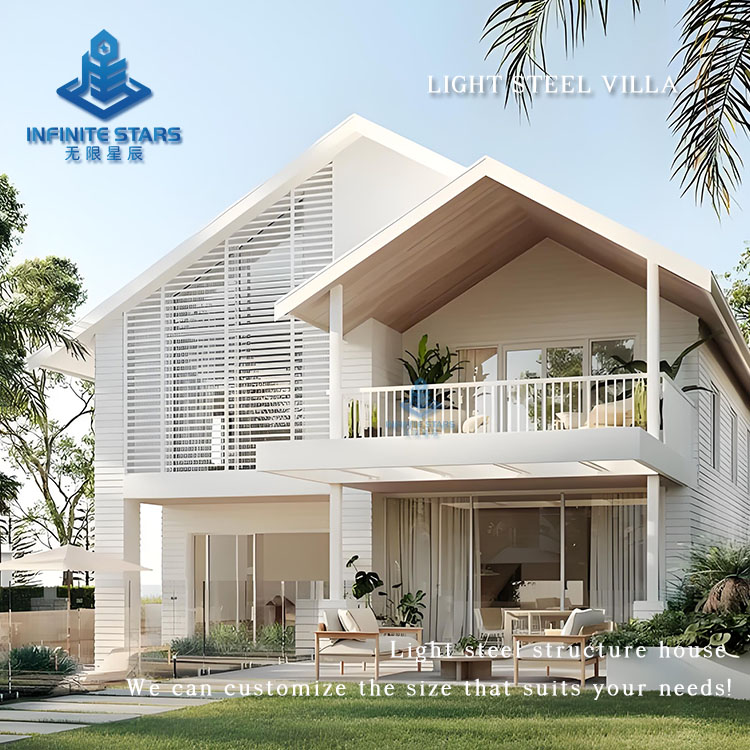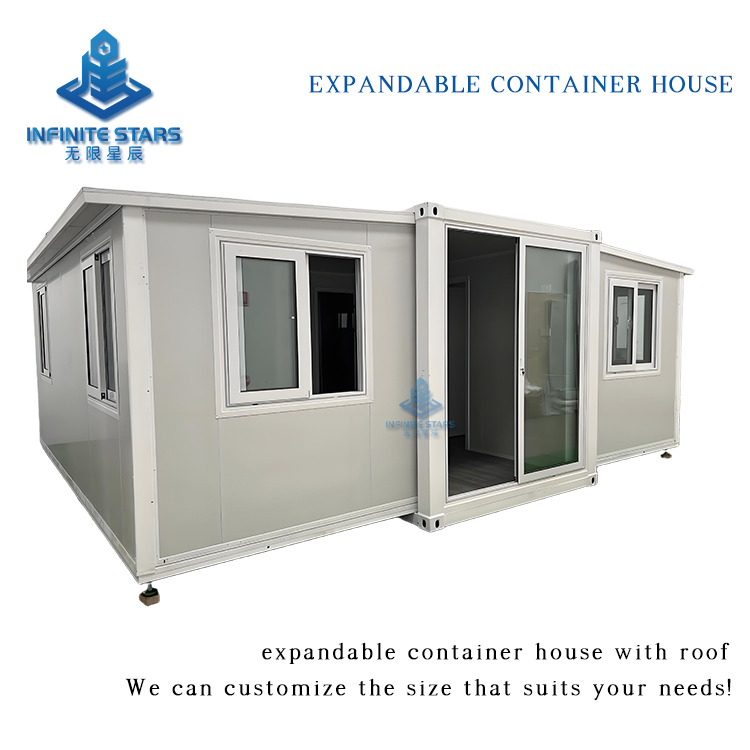Introduction to Detachable Container Houses

Detachable container houses are modular buildings based on standard shipping containers, which are modified to be detachable, movable, and reusable. They are widely used in temporary housing, construction site dormitories, emergency disaster relief, commercial shops, and other fields.
1. Structure and Materials
Detachable container houses typically use steel as the main structure, offering high strength and durability. The containers themselves are treated with anti-corrosion, waterproof, and fireproof coatings, enabling them to adapt to various climatic conditions. Walls, roofs, and floors can be insulated and soundproofed as needed to enhance living comfort.
2. Modular Design
Container houses feature a modular design, where a single container can be used as an independent unit or combined with others to create larger spaces. This design offers high flexibility, allowing for quick expansion or reduction in scale to meet different needs.
3. Installation and Dismantling
The installation process is simple and fast, usually requiring only the transportation of containers to the site, followed by assembly and fixing. No complex construction is needed. Dismantling is equally convenient, as the houses can be relocated as a whole or disassembled for transport, making them ideal for situations requiring frequent movement.
4. Eco-Friendliness and Sustainability
Container houses are often made from repurposed used containers, reducing resource waste and aligning with eco-friendly principles. Their reusability also minimizes construction waste, contributing to higher sustainability.
5. Cost-Effectiveness
Compared to traditional buildings, detachable container houses are more cost-effective, with shorter construction periods, allowing for rapid deployment. This makes them particularly suitable for projects with limited budgets or tight timelines.
6. Applications
Temporary Housing: Construction site dormitories, temporary offices, etc.
Emergency Disaster Relief: Temporary shelters after disasters.
Commercial Use: Mobile shops, cafes, etc.
Tourism Accommodation: Container hotels, homestays, etc.
7. Pros and Cons
Pros: High flexibility, low cost, eco-friendliness, and quick construction.
Cons: Limited space, requiring additional design for long-term living.
In summary, detachable container houses have become an important choice in modern architecture due to their flexibility, cost-effectiveness, and eco-friendliness. They are particularly suitable for scenarios with high demands for temporary or mobile solutions.










